If you are interested in mining history (and I think you are since you probably otherwise wouldn't be here) and are visiting Joshua Tree, you should stop by the Lost Horse Mine.
The mine is well known but its history isn't and fewer people still hike the whole loop trail, which is too bad as they are missing out on a scenic trail with a couple of other small interesting prospects: the Optimist and the Gold Standard. Besides the ten-stamp mill at the Lost Horse, the Optimist has an interesting chimney, and the Gold Standard has what appears to be the remains of a cabin made from Joshua trees.


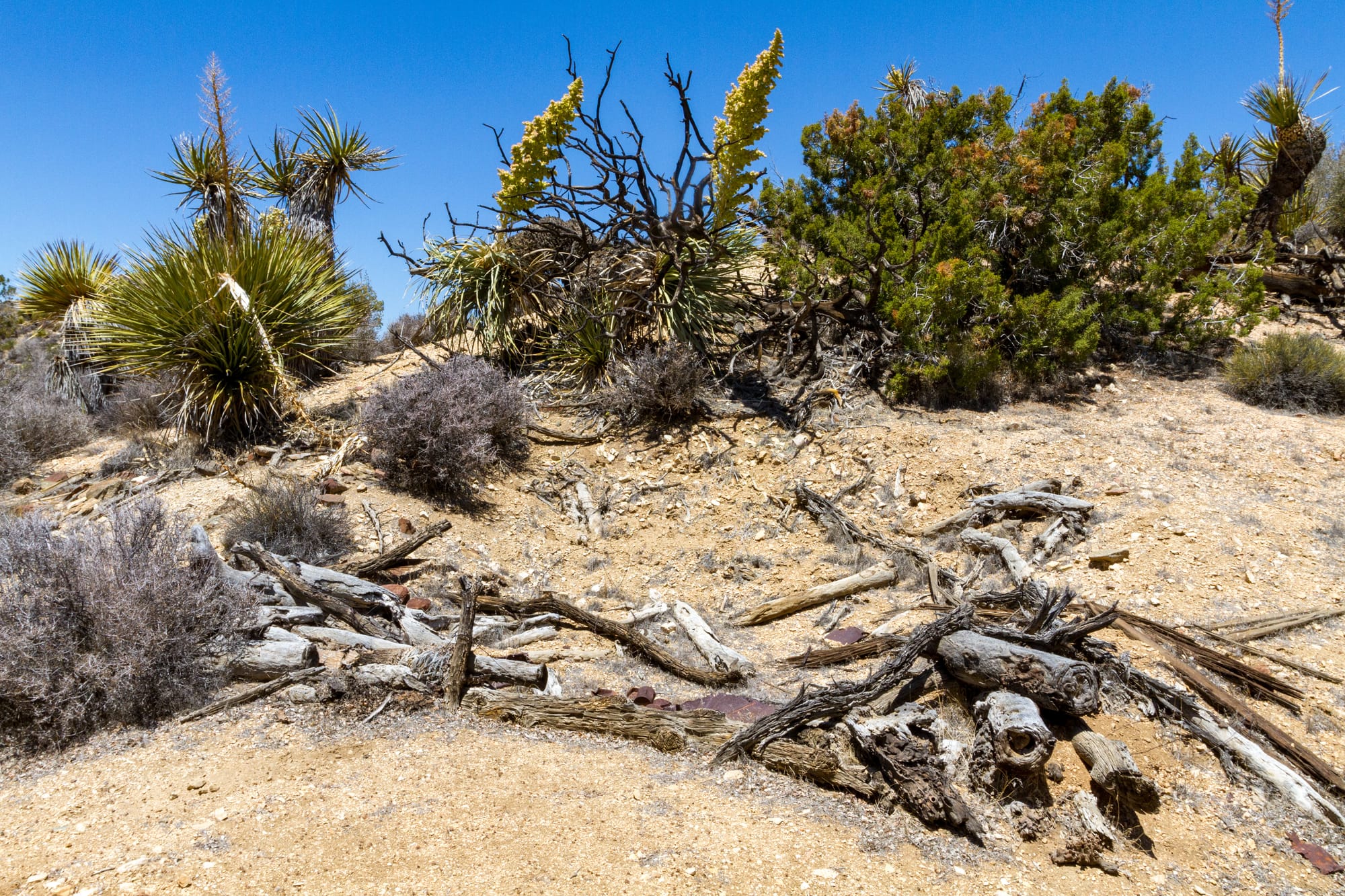
L: Engine at the Lost Horse Mill. C: Optimist Mine Camp. R: Joshua tree cabin remains at the Gold Standard.
History
Lost Horse Mine
Several versions of the Lost Horse Mine's origin exist. Having gone through research from many different sources, I’ve been able to put together the most likely version.
In the early 1890s, cattleman George Washington Lang, originally from Arizona, journeyed to Southern California with his sons, Johnny and Billy. While Billy stayed behind in New Mexico with part of their herd, George and Johnny pushed further west with the rest of their cattle, grazing them along the way in what would later become Lost Horse Valley.
At Witch Springs (now Lost Horse Well at Ryan Ranch), Johnny Lang met "Dutch" Frank Diebold. Diebold had found some gold float a few miles south but faced intimidation from the notorious McHaney Gang (see the Desert Queen Mine). Lang, wary of the outlaws from his own experience, saw potential in the claim and offered Diebold $1,000 if the ore proved valuable. Upon confirming its worth, he sought protection against the McHaneys. He brought in his father, George Lang, as well as prospectors Ed Holland and James Fife as partners. On December 29, 1893, the Langs, Holland, and Fife officially filed a notice of location.
Development began in 1894, with rich ore samples discovered. A notable find by Fife was a gold quartz nugget the size of a fist, with ore estimated at a staggering 4,000 ounces per ton! Pieces of this nugget remain in the Fife family. Early processing from the mine was done at the two-stamp mill at Pinyon Well, but that was a bit too far, so Lang and Fife erected their own two-stamp mill at Lost Horse Spring.
Soon after, Jep Ryan bought out his partners' shares, leaving only him and Johnny Lang as partners. Ryan oversaw much of the mine's development and production. He expanded operations, built a substantial ten-stamp mill, and constructed a five-mile pipeline from Lost Horse Spring (at Ryan Ranch). The mine included an 80-foot tunnel and a 500-foot (later reported as 570-foot) shaft with drifts across four levels. The Lost Horse Mine flourished in the 1890s, yielding significant gold with an estimated production of $300,000 or more.
While Lang oversaw the night shift, Ryan managed the mine and mill during the day. However, the amount of gold produced during the night was consistently less than what the day shift yielded. Suspicious, Ryan had someone secretly watch Lang and discovered he was high-grading the ore. Ryan confronted Lang and offered to buy his share of the mine or go to prison. Lang accepted an offer for $12,000. He then retired to a cabin in Lang Canyon.
After being forced to sell out, Johnny Lang lived in a shack in Lang Canyon, occasionally prospecting in the surrounding hills. In 1925, at the age of 73, John went on his final trip. After putting a sign on the door of his shack stating that he had gone to town for supplies, he started across the valley. Several months later, while grading the road to Salton View (now Keys View), Bill Keys found John's mummified body on the valley floor. His provisions numbered only a square inch of bacon and a little flour. His body was wrapped in canvas and buried on the spot. His lonely grave may be seen today along the road to Keys View.
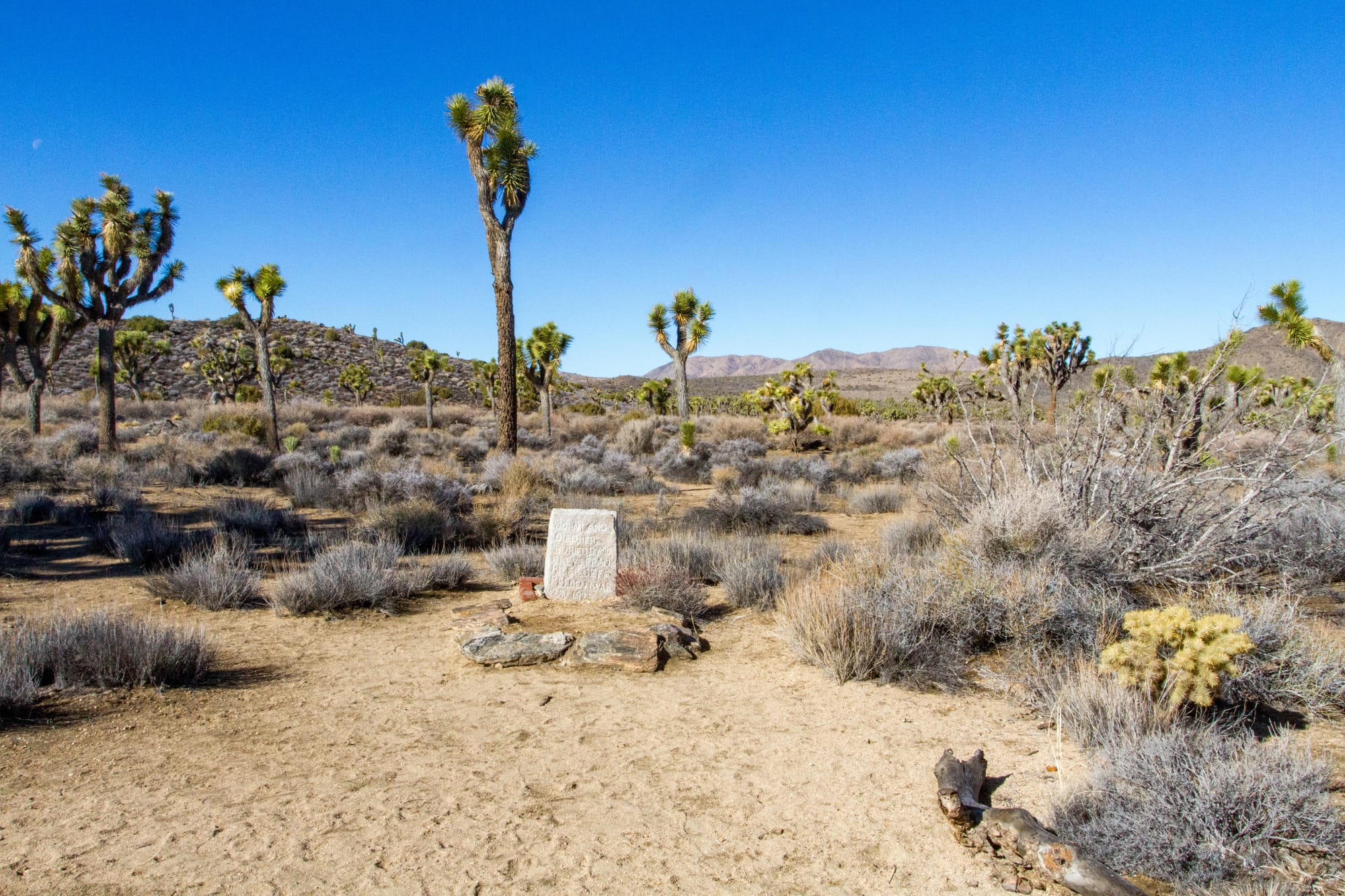
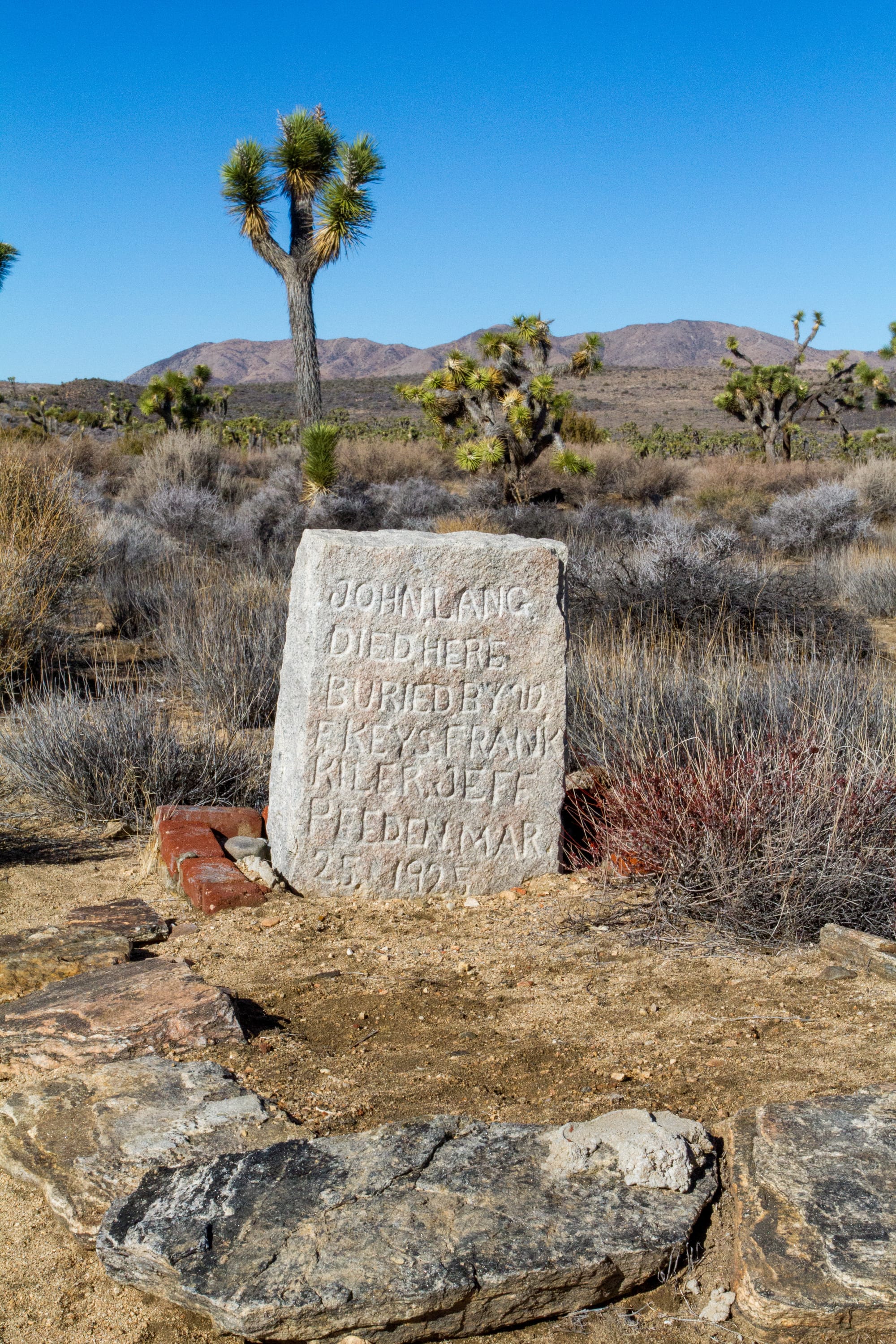
Johnny Lang's Grave
By 1908, the mine had closed. A low-angle thrust fault cut off the vein system. Ryan leased the mine with intermittent success, but its most lucrative days were over. In the 1930s, further work was done to extract ore, but this yielded limited gold. As an interesting side note, the mine has also produced twenty tons of bismuth, a silver-gray metal with industrial uses rarely mined in California.
The National Park Service acquired the Lost Horse Mine in 1966. They have stabilized the ten-stamp, but unfortunately, the site is fenced today.
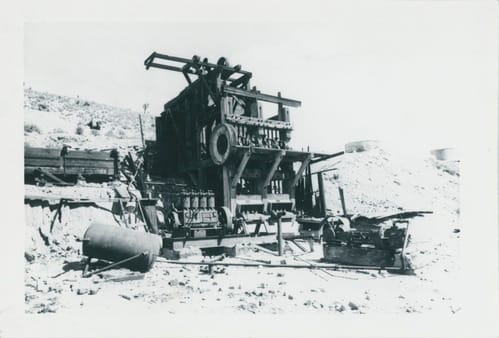
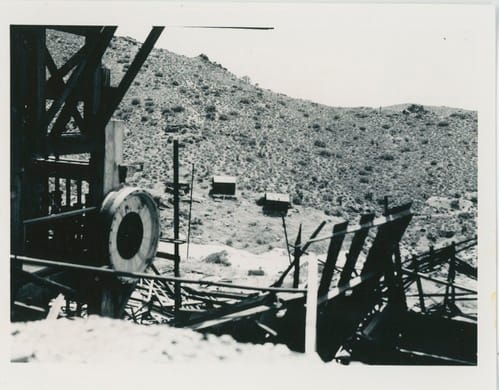
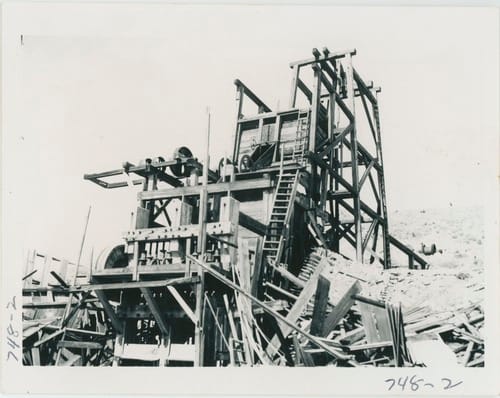
Lost Horse Mine in the 1950s. Photos courtesy of the NPS.
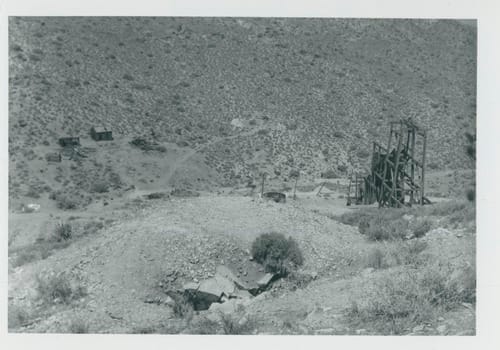
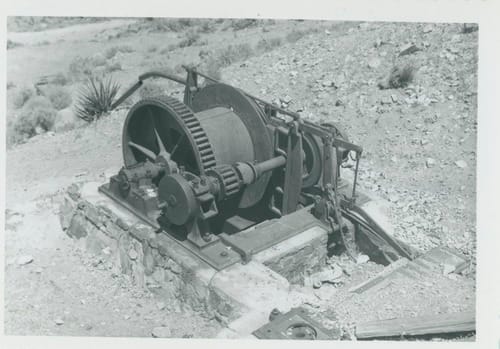
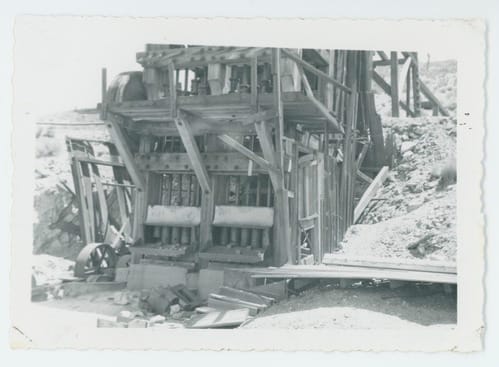
Lost Horse Mine in 1967. Photos courtesy of the NPS.
Optimist Mine
On the opposite side of the hill from the Lost Horse, the Optimist Mine's history remains unclear, with no known information about its discovery or early ownership. Records indicate Kaiser Steel Corporation owned the mine in the 1970s. Reports from 1957 documented a vertical shaft, an adit, and shallow pits and trenches.
Gold Standard Mine
Claimed in 1896 by two brothers named Burns, the Gold Standard Mine saw a brief period of activity in the early 1900s. Joe Reynolds took over the mine and worked it between 1900 and sometime around 1914. Bill Keys (of Desert Queen Mine and Keys Ranch fame) relocated the property after that, though the exact date remains unclear.
Keys developed the mine by digging trenches and extending drifts from a 30-foot shaft. He reportedly invested around $2,000 in building a mill, a water reservoir, and a tent camp, but I only saw evidence of a Joshua tree tent cabin site. Notably, the mine also utilized a windlass, a device used for hoisting and lowering materials. Despite these efforts, the Gold Standard Mine remained small and unprofitable.
Most of my photos are from 2013.



